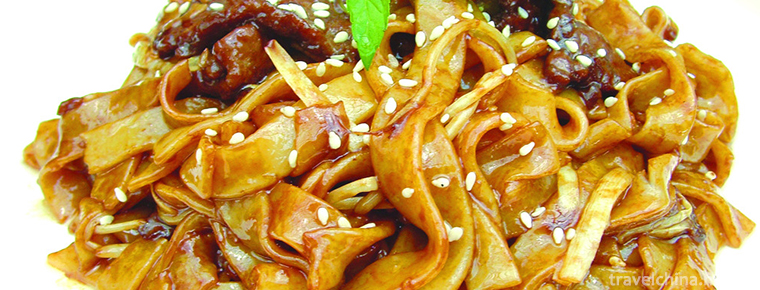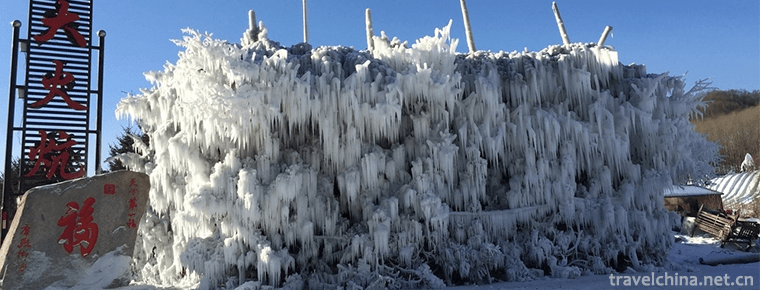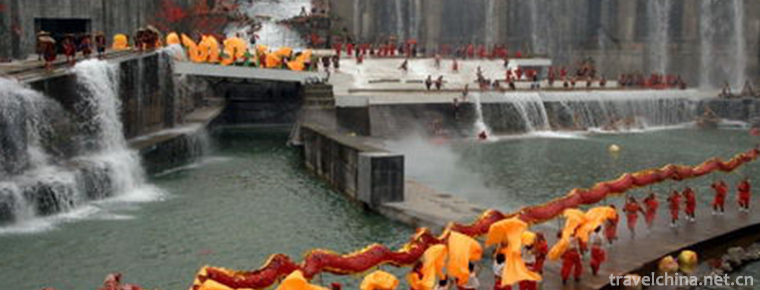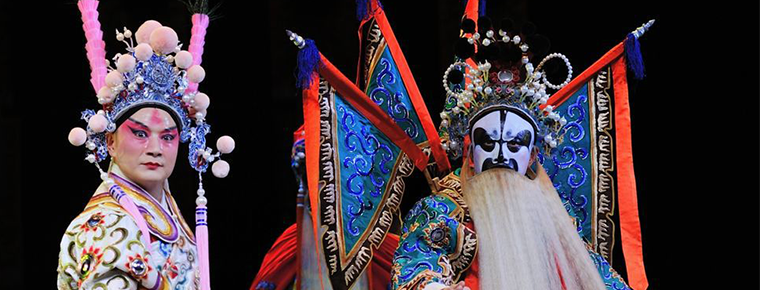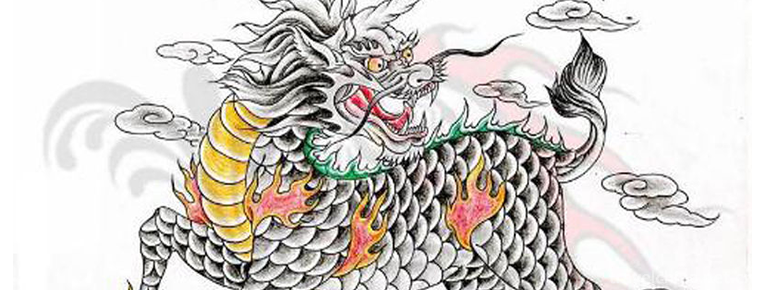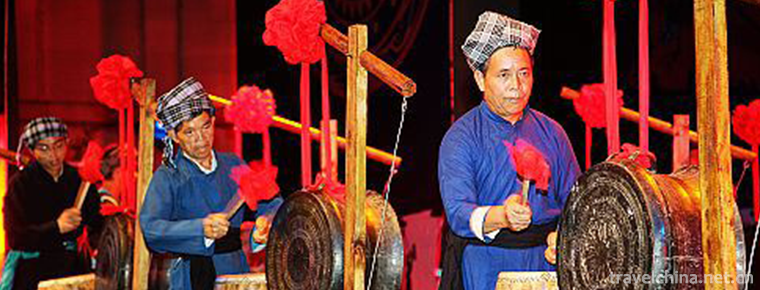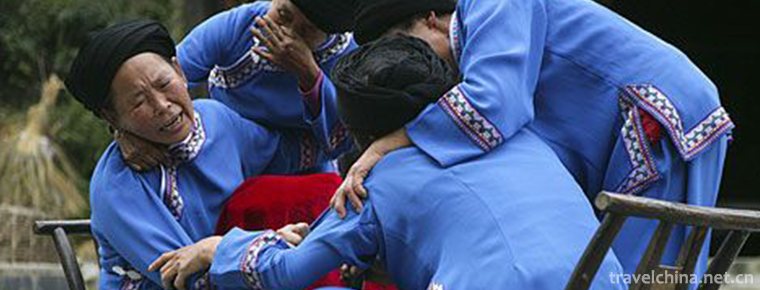The origin of style of Chinese Cheongsam QiPao
The origin of style of Chinese Cheongsam QiPao
The origin of the style of cheongsam has been debated in academic circles
The first one, represented by Zhou Xibao's the history of ancient Chinese costumes, believes that Qipao is directly developed from the robes of banner women in Qing Dynasty. However, some scholars believe that "although the cheongsam of the Republic of China has a similar form to that of the flag women's robe, it no longer has the meaning of the flag women's robe. It would be biased to think that the cheongsam of the Republic of China was developed directly from the robe of the flag women."
The second one, represented by Professor Yuan jieying's Chinese cheongsam and Professor Bao Mingxin's Chinese cheongsam and modern Chinese women's clothing record, holds that cheongsam and qiqipao have a certain inheritance relationship, but at the same time, it thinks that the source of cheongsam should be the narrow tube of linen in the Western Zhou Dynasty or the deep clothes in the pre Qin and Han Dynasties. Professor Cui Rongrong of Jiangnan University also said in his book the complete collection of modern Han folk costumes: "some people doubt that Qipao is Manchu dress I think these views are one-sided and superficial. Han people's robes and gowns have a history of more than 2000 years, but where do Manchu's gowns and gowns come from? I think the answer is easy to get. " Zhang Taiyan, a master of traditional Chinese culture, also believes: "in the past, Zhuge Liang made sleeve armor The clothing of Manchuria is the thread of its sleeve armor. " The origin of Manchu costume can be traced back to Shu Han costume in the Three Kingdoms period.
The third one, represented by Wang Yuqing's textual research on women's gowns of different dynasties, holds that the robes worn by Chinese women date back to the Zhou, Qin, Han, Tang, song and Ming Dynasties, and it is not only in the Qing Dynasty that flag women wear gowns. He believed that the Qipao of the Republic of China had an impact on the Qipao of the Republic of China, but he did not think that the two had a direct inheritance relationship. Therefore, he thought that it was not appropriate to call it "Qi Pao". Therefore, he advocated that the Qipao be renamed "Qipao" and that the "Taipei Qipao Research Association" was renamed "Taipei kaipao Research Association". For many years, people in Taiwan's clothing industry have been calling for the name of kaipao to be corrected. ".
The fourth, represented by Professor Bian Xiangyang's on the origin of the popularity of cheongsam, holds that cheongsam is a westernized variation of Chinese clothing tradition. It combines the characteristics of cheongsam vest and civilized new dress, and combines the compatibility form of western style skirt. It not only has the shadow of western fashion, but also has the characteristics of new fashion and clothing aesthetics with distinctive Chinese characteristics and times symbol, which can be a design model of blending Chinese and Western clothing. He also believes that the origin of the name "Qipao" is a kind of "misnomer", because the groups who advocated cheongsam earlier were new women and students who were deeply influenced by Western learning, pursued gender equality, and opposed feudal ethics. Most of them were Han people. Their ancestors obtained no full style clothing for Han women after bloody struggle in the early Qing Dynasty Therefore, the conditions for the restoration of Cheongsam in the Republic of China were not met.
In the Republic of China, the name "Qipao" eventually became popular, because throughout the Qing Dynasty, Han women's clothing still retained the traditional "upper garment and lower garment" system of Han women. In addition to the dress of aristocratic women, ordinary women generally do not wear robes, while flag women, regardless of the noble women's dress or ordinary women's daily dress, are robes. Therefore, under the influence of nearly 300 years, ordinary people have been used to the historical memory of "women wearing robes = flag women's robes". Therefore, when cheongsam began to appear in the Republic of China, it would give ordinary people an association of "cheongsam". In fact, the leading group of Cheongsam in the Republic of China did not recognize the term "Qipao", but "only called it a long gown, a long dress or a long robe, which was mixed with men's clothing. On February 27, 1926, Shanghai's" Republic of China Daily "had a short article entitled" robe but not flag ", proposing to change its name to" Zhonghua Pao ". Some people suggested that it should be called "Kui Pao". However, when people were wandering around, they finally called back the Qipao. "
Textual research on the appellation of "Qipao" and "Qipao": Although there were clothes in the official documents, letters, official documents and school textbooks of the Republic of China, the appellation of "cheongsam" did not appear, but "women's dress - dress" was often used. Therefore, the appellation of "Qipao" is not an official appellation, but a popular term derived from folk conventions.
The fifth thought that Qipao originated from the jacket and skirt. In January 1940, Liangyou pictorial reported that the short jacket and long skirt evolved into a cheongsam through the evolution of the Qipao vest. Cao Juren and Li Yuyi, scholars of the Republic of China, held the same view.
The sixth is that women wear cheongsam as a result of deliberately imitating men's dress and indulging in equal rights between men and women.

-
Dry fry rice noodles with beef
Dry fried beef river is a Cantonese dish made from materials such as sprouts, river meal and beef. One of the traditional snacks in Guangdong.
Views: 293 Time 2018-11-14 -
Wan fo Lake Scenic Area
Wanfo Lake is located in Shucheng County, central Anhui Province. It is a national AAAAA tourist area..
Views: 243 Time 2018-12-08 -
Yabuli Ski Resort
Yabuli Skiing Resort is a national AAAA-level scenic spot, located 20 kilometers southeast of Yabuli Town, Shangzhi City, Harbin City, Heilongjiang Province, 240 kilometers away from Harbin City.
Views: 184 Time 2018-12-22 -
The Yellow Dragon Cave huanglong Cave
Located in Wulingyuan Scenic Area, the core scenic spot of Zhangjiajie City, Hunan Province, Huanglong Cave is an integral part of the World Natural Heritage Site and Zhangjiajie World Geopark.
Views: 249 Time 2019-01-18 -
Dujiangyan Drainage Festival
The Qingming Drainage Festival is a traditional festival in Dujiangyan, Sichuan Province. Every year during the Qingming Dynasty, Dujiangyan City welcomes the annual Qingming Drainage .
Views: 234 Time 2019-04-28 -
Anhui Opera
Hui Opera, one of the local operas in Anhui Province of China, originally known as "Hui Diao" and "Erhuang Diao", originated in the Ming Dynasty and was named Hui Opera after 1949..
Views: 185 Time 2019-05-04 -
Legend of Kirin
The legend of Kirin is mainly spread in Jiaxiang County of Shandong Province and its surrounding areas. Kirin is an auspicious God and animal in ancient legends. Ancient books say .
Views: 126 Time 2019-06-10 -
Twelve tunes of bronze drum
The Buyi bronze drum is one of the ancient percussion instruments of the Buyi nationality, which belongs to the precious national cultural heritage. It is made of bronze, often mixed with Suona, drums.
Views: 110 Time 2019-06-21 -
Tujia Wedding Song
The Tujia people living in the border areas of Hunan, Hubei, Chongqing and Guizhou are an ancient civilized nation with a long history and traditional customs, and retain strong national characteristi.
Views: 206 Time 2019-06-23 -
Luzhou economy
In 2019, the GDP of Luzhou will reach 208.13 billion yuan, an increase of 8.0% over the previous year, 1.9 percentage points higher than the national average level (6.1%) and 0.5 percentage points higher than the provincial average level (7.5%). Among them, the added value.
Views: 341 Time 2020-12-14 -
Meishan social security
In 2019, 2.0419 million people participated in basic endowment insurance for urban and rural residents, 2.676 million people participated in basic medical insurance for urban and rural residents, 297500 people participated in work-related injury insuranc.
Views: 330 Time 2020-12-18 -
Dazhou City honor
On June 9, 2020, Dazhou was awarded the advanced municipal Party committee and government of Sichuan Province in promoting the development of service industry..
Views: 232 Time 2020-12-20
